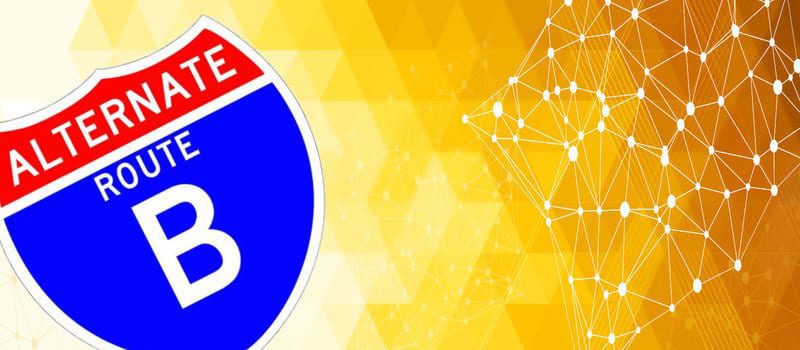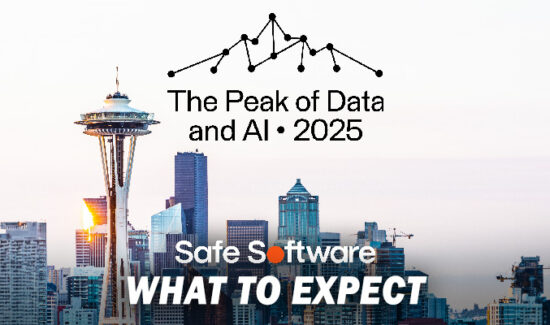Data Integration: Top 3 ETL Alternatives


As organizations have an increasingly difficult time dealing with the growing complexity of data, they tend to look beyond legacy solutions in order to create new paths-to-insight. One of the biggest problems with the traditional ETL and data warehouse approach is that it is slowly becoming inefficient for companies that share many data types from outside sources. As a result, some vendors have pivoted, deploying the kinds of tools that can provide speedier integration, federation, and transformation, allowing enterprises to gain a single unified view of their data. With that said, let’s have a look at three forms of Data Integration that can act as an alternative to the traditional ETL approach.
Data Virtualization
Data Virtualization provides provides an abstraction layer that enterprises can use to access data in a consistent manner. The data consumer can be any application collecting or manipulating data, such as a Business Intelligence reporting tool. The abstraction later hides all the technical aspects of the data, meaning that the data consumer doesn’t ever identify exactly where the data is being stored physically. The abstraction layer then provides a single unified view of the data, essentially creating a mirror where it can be seen without ever having to physically interact with it.
Data Federation
A form of Data Virtualization, Data Federation collects only metadata as opposed to all the data that sits inside a database. The metadata describes the structure and origins of the data and places it into a single unified database. As a result, data consumers gain access without having to deploy a full-fledged Data Integration solution. Data Federation enables a wide-angled view of an entire database without ever copying or transforming the physical data.
Integration Platform as a Service (iPaaS)
Integration Platform as a Service, or iPaaS solutions, deliver a cloud service for application, data, process and service integration scenarios. iPaaS platforms typically support cloud-to-cloud, cloud-to-on-premise, on-premise-to-on-premise, and B2B integration. In addition, these solutions support real-time integration and can scale to meet high-volume demands that mobile data and large-scale ETL projects can put on it. iPaaS tools are increasingly being seen as the future of integration, providing a greater degree of agility and scalability not available in legacy ETL offerings.
Bottom Line
Organizations that require added agility and the ability to act on a basis of self-service would be wise to consider a more forward-thinking method of integrating their vital business data. Companies that have adopted more agile forms of Business Intelligence and Data Analytics are now beginning to explore in greater depth the ways that virtualizing their vital data could provide some benefit.
Widget not in any sidebars


















